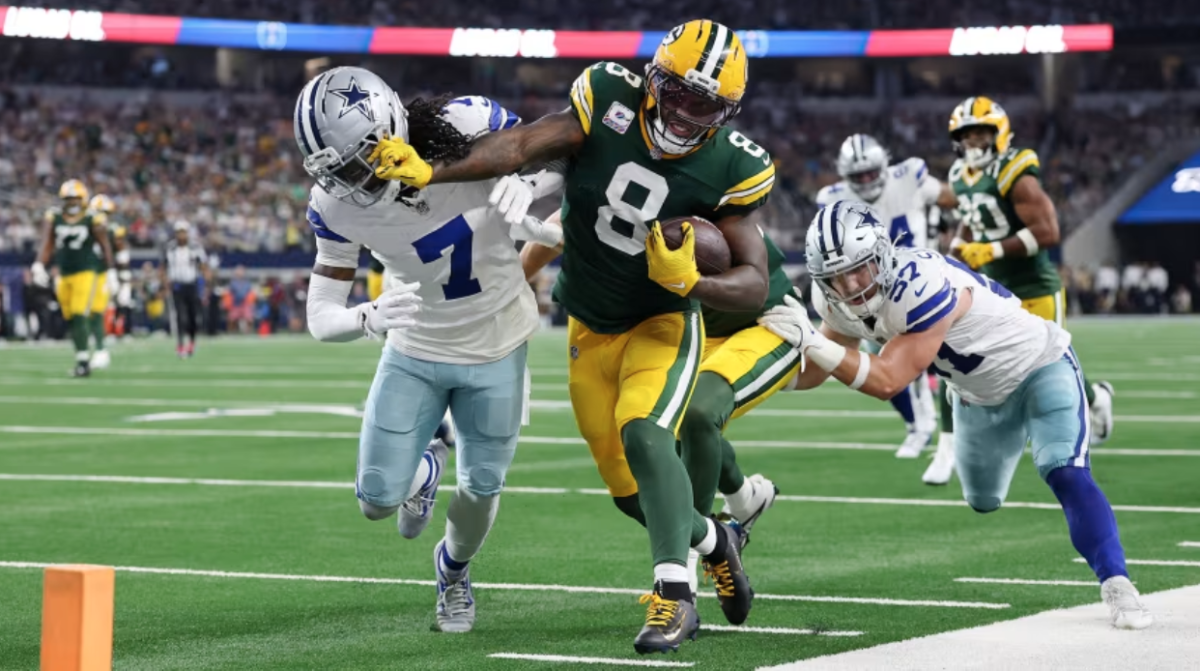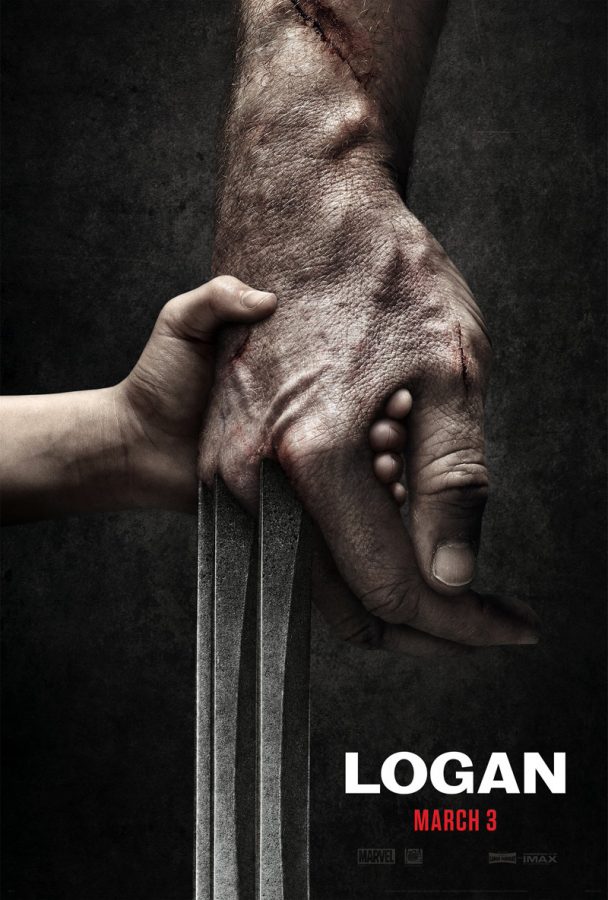Logan Breaks the Mold
Logan debuted March 3rd, 2017.
March 20, 2017
Logan is the eighth film in the X-Men: Origins series that features the Wolverine, the highly skilled, unflinching, and nearly immortal superhero with a knack for slicing up his enemies.
That is, until this installment. Marvel’s Logan presents us with the depressing futures of certain beloved X-Men. It is 2029 and Wolverine, aka Logan Howlett, is a sick, alcoholic old man, with a pronounced limp. His body can no longer regenerate as quickly as it once did, and, though he has always grappled with inner demons throughout the series, never has Logan seemed so outright defeated.
Similarly, Professor X, once renowned for his powerful mind, is now stricken with a neurodegenerative brain disease and cannot control his mutant powers. Logan, Professor X, and mutant Caliban are living in hiding, shunned from a society that once revered them for their heroics (as illustrated by the existence of X-Men comic books in this film universe).
In other words, Director James Mangold has subverted the superhero status of these characters in a deliberately bleak reimagining of the X-Men universe. While Logan is hardly the first film to do this, it achieves a result most similar to the genius The Dark Knight Rises. Its lead actors- Hugh Jackman as Logan, Patrick Stewart as Professor X, and 12-year-old Dafne Keen as Laura- deliver emotionally fraught performances, along with plenty of bloody and entertaining combat scenes (which gave the film its R rating).
This stark, hopeless universe seemed to bother Sophomore Kyle Bryant, who, after viewing the movie, remarked, “It was actually really depressing. Nothing about it was happy.”
Freshman Cameron Baker, however, was a strong proponent of the humanizing effect of adversity, asserting, “We think of superheroes as this immovable force, Logan showed us that they’re not, and instead just as human as you and I.”
The plot centers around Laura, a young girl produced and owned by a corporation that has manipulated her DNA and anatomy to make her an artificial mutant. Logan and Professor X set out on a mission to North Dakota, where Laura will meet up with other escaped artificial mutants and cross the border into Canada.
Logan’s DNA was used to produce her, prompting Professor X to insist that she is Logan’s daughter; his struggle to connect and empathize with Laura is a key conflict underlying the main action.
Professor X, primarily referred to as Charles in the film, and his troubled relationship with Logan also play a central role. The pair has deep ties, but Logan is increasingly frustrated by Charles’s inability to control his decaying mind, and Charles is equally frustrated at Logan’s inability to acknowledge his declining state of being.
These heavy, nearly universal themes elevate Logan beyond a superhero movie. It is a touching, thought-provoking tale of a washed-up ex-hero grappling with his relationships with a father figure (Charles) and his quasi-daughter (Laura). It’s a bold film that runs counter to most other superhero tales of our generation, all while delivering visceral action scenes to please any audience.
Despite certain inconsequential plot holes (if adamantium is the only thing that can kill Wolverine, why doesn’t he die when his own claws are used against him?), Logan shines as perhaps the best superhero movie I’ve ever seen.

































